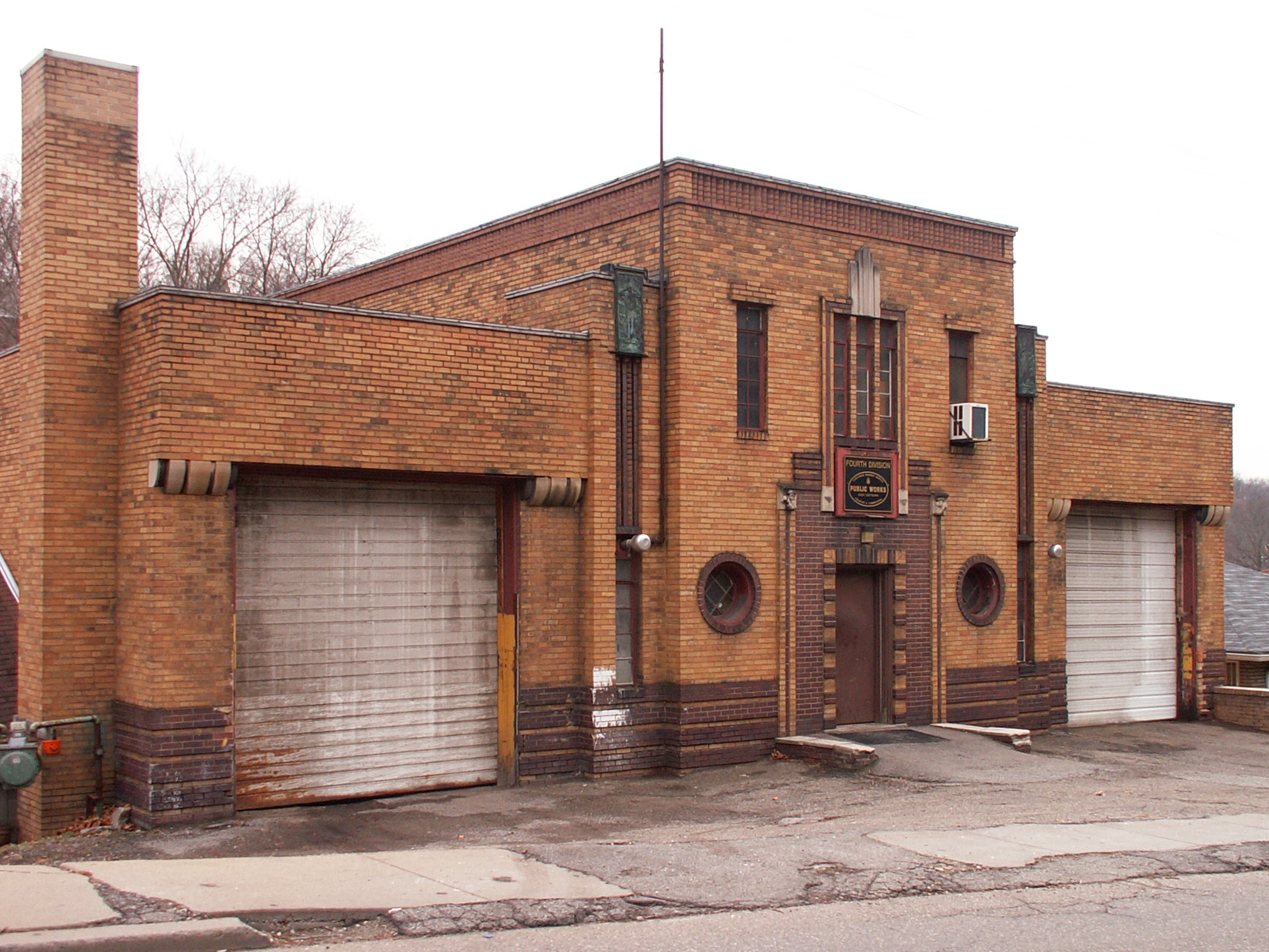Since old Pa Pitt often talks about classical architecture as it is imitated and adapted in our buildings, he shamelessly borrows his own article on the classical orders from his own Pittsburgh Cemeteries site.
Every schoolchild learns that there are three orders of classical architecture—Doric, Ionic, and Corinthian—and that they can easily be distinguished by the capitals of their columns. And every schoolchild promptly forgets that information. So here it is again.
The Doric order is the simplest of the three, easily recognized by the square capitals.

The Ionic order has distinctive “volutes,” which most ordinary observers would call “curlicues.”

The Corinthian is the most complex of the three, with capitals carved in the shape of a basket of acanthus leaves. The easiest way for the ordinary observer to recognize it is by knowing that it is not Doric and not Ionic, and that the capitals look complex and fiddly.
 Corinthian columns also have small volutes, as we see above. When the volutes become more prominent, so that the column looks half-Corinthian and half-Ionic, as we see below, the order is called Composite—a term that came into use during the Renaissance for columns that the Romans would have called Corinthian with big volutes.
Corinthian columns also have small volutes, as we see above. When the volutes become more prominent, so that the column looks half-Corinthian and half-Ionic, as we see below, the order is called Composite—a term that came into use during the Renaissance for columns that the Romans would have called Corinthian with big volutes.
 The Romans added one more order, which they considered even simpler than the Doric: the Tuscan order, whose columns have simple round capitals rather than the square capitals of the Doric. The Tuscan order is seldom used in our cemeteries.
The Romans added one more order, which they considered even simpler than the Doric: the Tuscan order, whose columns have simple round capitals rather than the square capitals of the Doric. The Tuscan order is seldom used in our cemeteries.
There’s more than the columns to each order of architecture: there are rules about proportions, and there are rules about mixing the orders in a building with more than one level. (Doric on the bottom, Ionic above Doric, and Corinthian above Ionic.) The architects of mausoleums may or may not follow all the rules. But the capitals are easy to distinguish, so when we say “a Doric mausoleum,” we usually mean one with Doric capitals, whether it follows all the other rules or not.
























